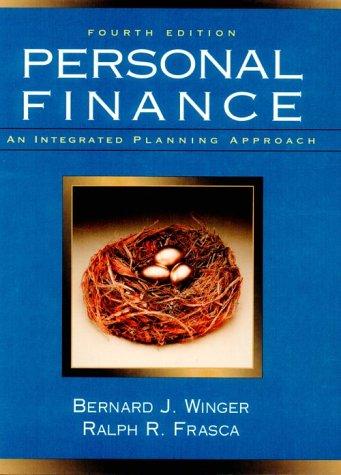Answered step by step
Verified Expert Solution
Question
1 Approved Answer
Only needs the answers,no process required, 27. Consider these two stocks: X: E(r) 10% and return std. dev 16%. Y: E(r)s 15% and return std.
 Only needs the answers,no process required,
Only needs the answers,no process required,
Step by Step Solution
There are 3 Steps involved in it
Step: 1

Get Instant Access to Expert-Tailored Solutions
See step-by-step solutions with expert insights and AI powered tools for academic success
Step: 2

Step: 3

Ace Your Homework with AI
Get the answers you need in no time with our AI-driven, step-by-step assistance
Get Started


